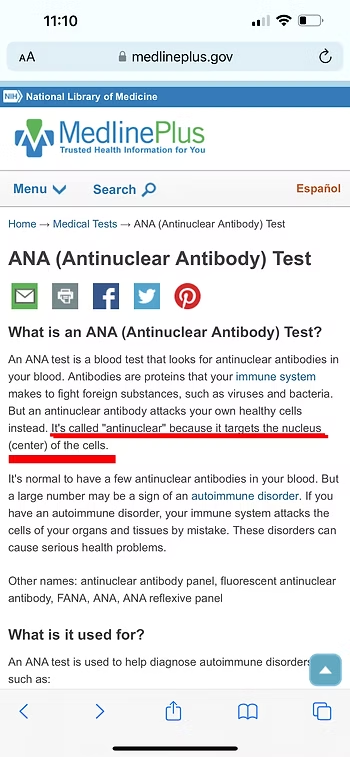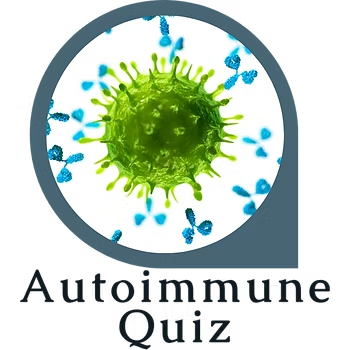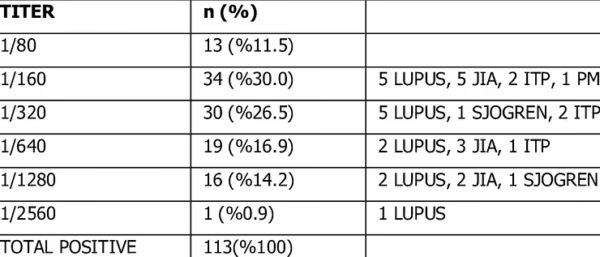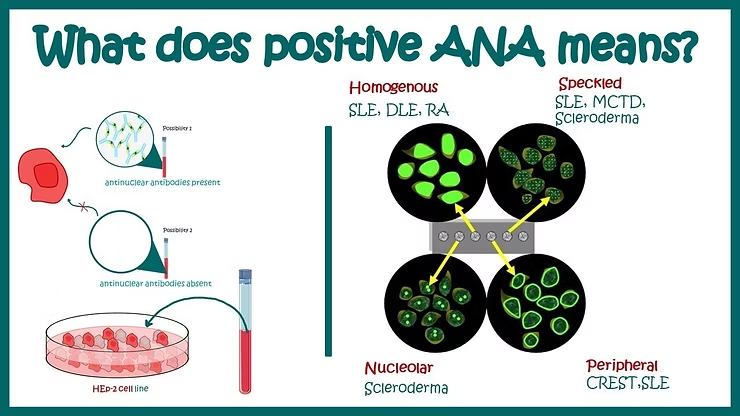Unveiling the Mystery of the ANA Marker (Antinuclear Antibody)
Listen closely. This isn’t just a lab marker we’re discussing. It’s a siren in your immune system, screaming, demanding attention. But what is it exactly? Let me break it down for you. The star of the show is what we call an ANA (Antinuclear Antibody) positive test. Sounds high-tech, right? You bet it is. But what does ANA signify? In this case, it’s shorthand for antinuclear antibodies. Are you still feeling lost? Let’s dive in deeper.
Interpreting Real-Life Lab Results: A Case Study
Visuals speak louder than words, so allow me to share a snapshot of one of my client’s lab results. There it is – the red arrow, pointing at the number one dash 320. This isn’t what you want to see. This is high ANA (Antinuclear Antibody) territory, indicative of an overzealous immune system that might be taking aim at your body’s cells. What you want is a negative result – zero. That’s the hallmark of a normal ANA result, signaling no autoimmune diseases at play.
Antinuclear Antibodies: What Do They Target?
Here’s the secret – it’s in the name itself. Antinuclear Antibodies point to the nucleus – the very heart of your cells. Think about the implications. Your body is a complex machine of approximately 100 trillion cells, each one harboring its own nucleus. This marker – when you see it as more than just another lab result – is waving a red flag. It’s warning you that your immune system is on high alert. It might even be targeting your own cells as if they were harmful invaders. Shocking, isn’t it?
Decoding the Real Impact of a Positive ANA Marker
Hold on to your seats, because here’s where it gets truly fascinating. A positive ANA (Antinuclear Antibody) isn’t just a minor blip on your medical radar. It’s a screaming warning sign of potential autoimmune diseases. In fact, if one autoimmune condition is present, chances are, there’s a whole crew of them lurking in the background.
Spreading the Word about the Importance of ANA Markers
Fascinating, isn’t it? But knowledge like this needs to be shared, not hoarded. If you find this information valuable, don’t keep it to yourself. Hit that like button, drop a comment, and share it with someone who might benefit. We’re all on this health journey together, after all. Let’s ensure we’re not missing the warning signs that could help us lead healthier, happier lives.
Frequently Asked Questions (FAQ)
The ANA (Antinuclear Antibody) test is a blood test that detects autoantibodies that target the nucleus of your own cells. A positive result acts like a "siren" or "red flag," indicating that your immune system may be malfunctioning and attacking your own body's tissues, which is a key characteristic of autoimmune disease.
A positive ANA result (e.g., a titer of 1:320) signifies that your immune system is producing antibodies against the nuclei of your cells. This is a strong warning sign of potential autoimmune activity, suggesting your body might be mistaking its own cells for harmful invaders.
A normal, desirable result is a negative ANA. This means no antinuclear antibodies were detected, suggesting no current signs of this specific type of autoimmune activity. A positive result is abnormal and warrants further investigation.
Because it targets the nucleus—the command center of each of your approximately 100 trillion cells. A positive ANA isn't a minor blip; it's a "screaming warning sign" that often indicates the presence of an autoimmune disease. Furthermore, if one autoimmune condition is present, others are likely lurking in the background.
Understanding your ANA status is crucial for proactive health management. It provides an early clue into systemic immune dysfunction. Identifying a positive ANA can be the first step in uncovering underlying autoimmune issues, allowing for early intervention to prevent more significant health problems and improve long-term well-being.












